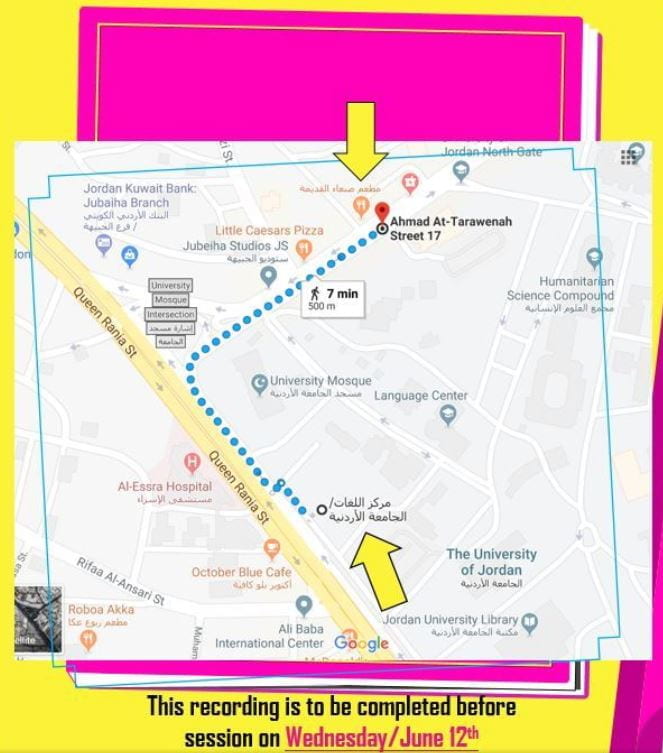When I was invited to speak to the new cohort the Distance Language Teaching and Learning Program, I knew it was going to be exciting and fun at the same time. And indeed, it was. I walked in on the group finishing a hands-on activity in which they had to remotely collaborate with a partner to complete a healthy eating challenge. Live links to stores in New Haven were provided, certain criteria under which they had to purchase food was given, and – most certainly – a fixed budget was determined. Everyone was giggling and gasping as they try and navigate the collaboration as they all sought to give it their best shot. The course facilitators themselves took on the role of a participant, partnered with students and together they worked hand in hand to complete the challenge.
I was glad to have joined the class a little earlier that I should have as it allowed me to witness the activity. Observing the group’s attempt in distant collaboration was a perfect way to start the conversation about synchronies Vs asynchronous activities; when to use them? How? For what purpose? Advantages? And disadvantages? Participants in the program did not only represent a wide variety of language that they were responsible for teaching, but also wide range of ideas and perspectives on distant language teaching. Towards the end of the hour, I was glad to share with them some of the asynchronous activities that I had created for different classes whether they were designed to be online, hybrid, or face to face.
Interacting with the participants in the program was a pleasure and a refresher. It shall always be an activity that I look forward to.



